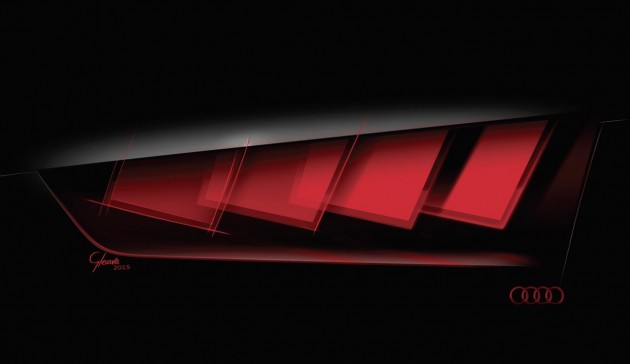Audi, as one of the pursuing brands in automotive lighting technology, is further developing OLED technology for taillights with advanced engineering and futuristic design characteristics. Special lights will be shown on a concept car for the first time at the Frankfurt show.
OLED stands for Organic Light Emitting Diode. There are two electrodes (at least one of them must be transparent) which encompass many thin layers of organic semiconductor materials in each OLED unit. They are low DC voltage (ranging from three to four volts) and can light up a layer that’s just one-thousandth of a millimetre thick. The colour is on the basis of the molecular composition of the light source.
Compared to point light sources and semiconductor crystals of LEDs, flat light sources of OLEDs have reached a new degree of homogeneity, Audi says, and its dimming is constantly variable. No shadows are made and no reflectors are needed for the lights, and no cooling is needed. Light guides have made the OLED units lightweight and efficient.
Apart from taillights, turn signal and brake lights will be generated once light density is increased, and plastic films will also replace the thin glass sheets which are used for encasing the organic material. These new flexible substrate materials are opening up creative space for designers to further develop three-dimensional OLED light technology.
Furthermore, OLEDs can be subdivided into small segments that can be adjusted at different levels of brightness. Creating different colours and transparent light will be possible, in turn, resulting in fast switchover times.
The concept car, dubbed ‘C-BEV’, is expected to be a preview of the upcoming Q6 SUV, with more information to follow soon. All will be revealed at the Frankfurt show that starts on September 17.

